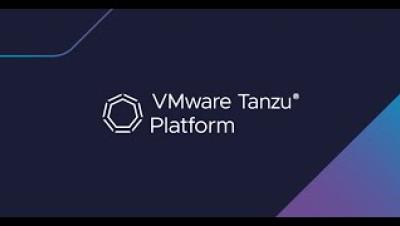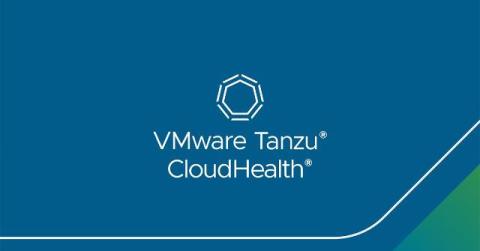What is AI Middleware, and Why You Need It to Safely Deliver AI Applications
When it comes to infusing artificial intelligence (AI) into enterprise applications, developers, platform engineers and data scientists are facing a tremendous opportunity. However, in Tanzu, we are also hearing about their struggles to get to production, not to mention achieving positive return on investment (ROI).










